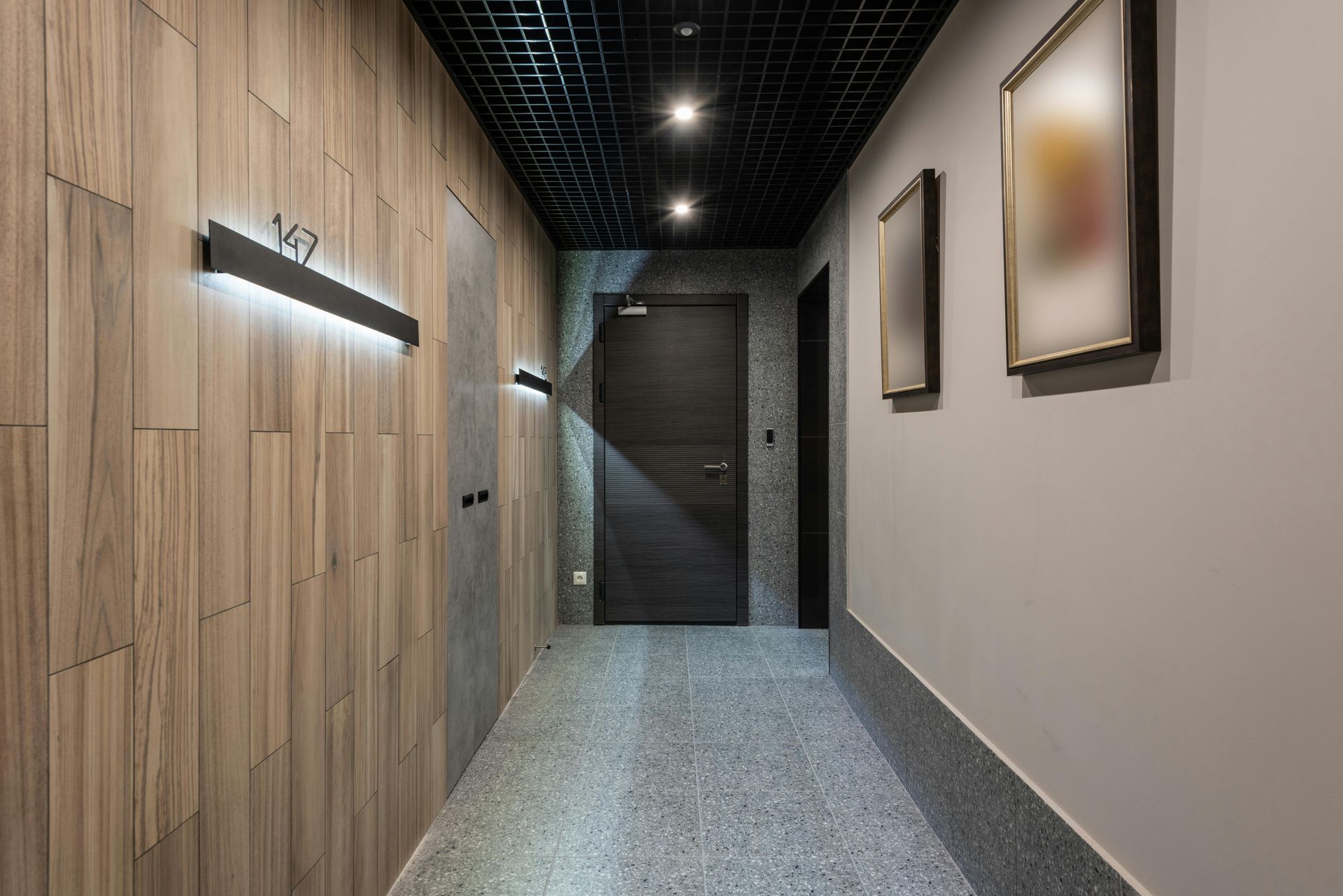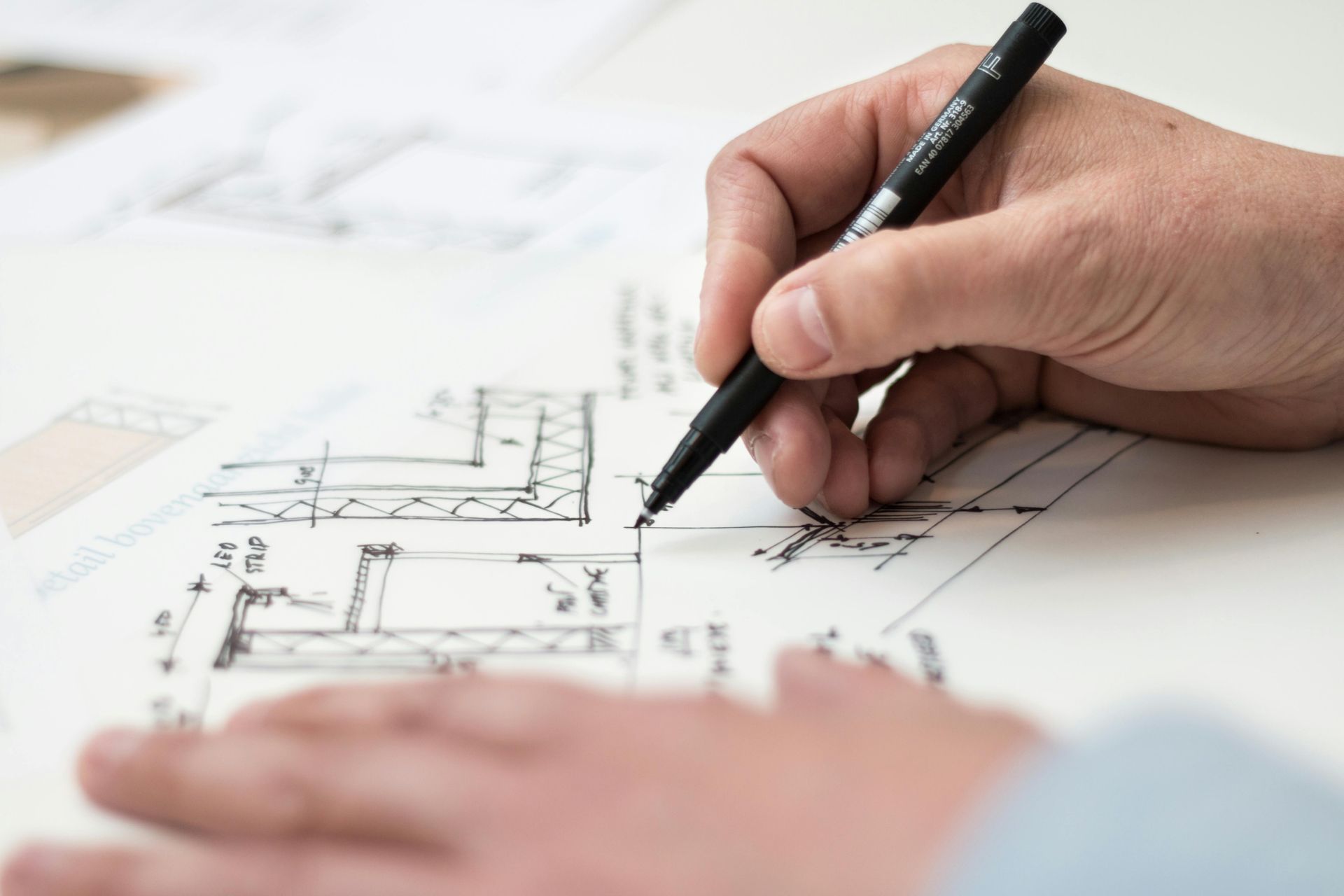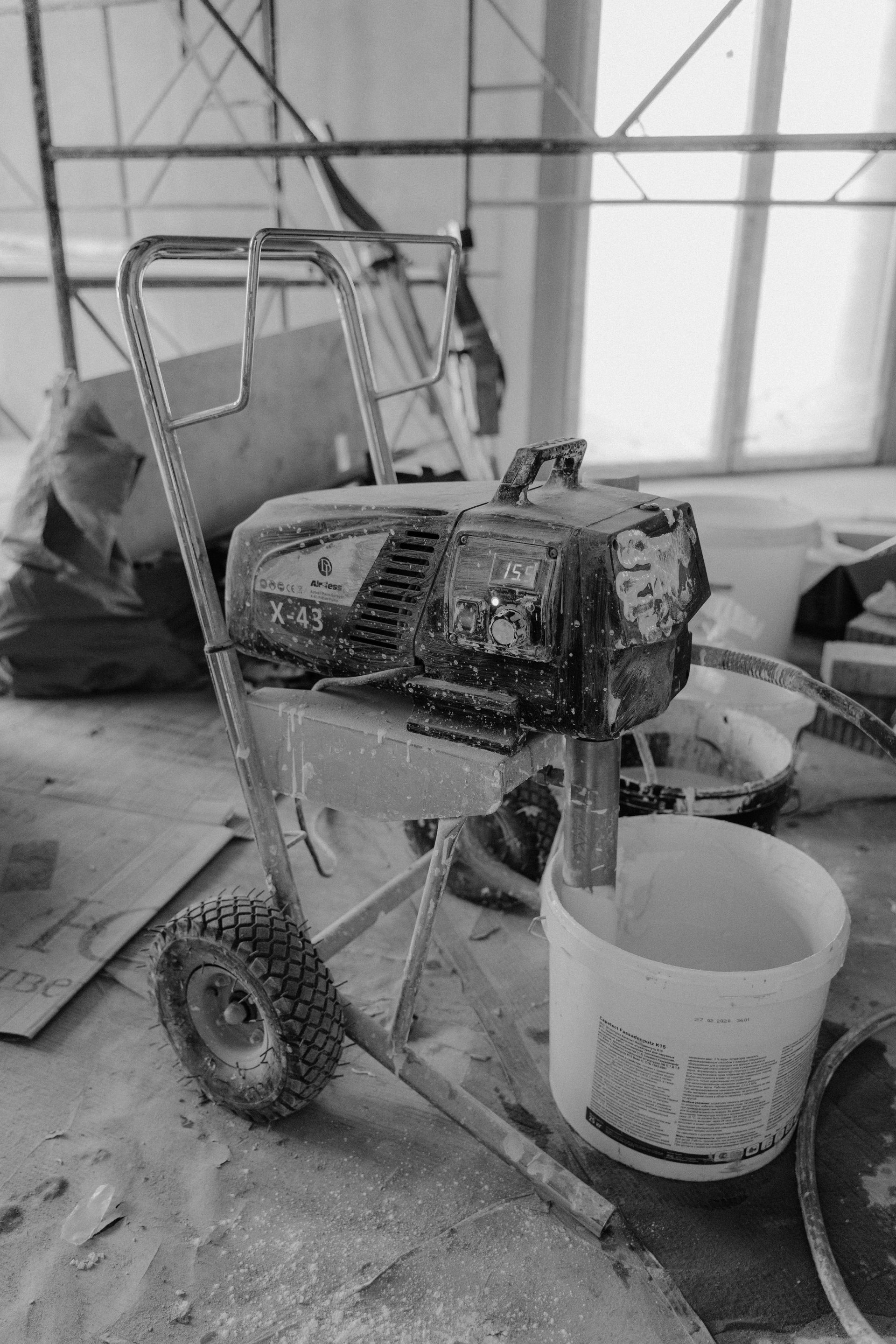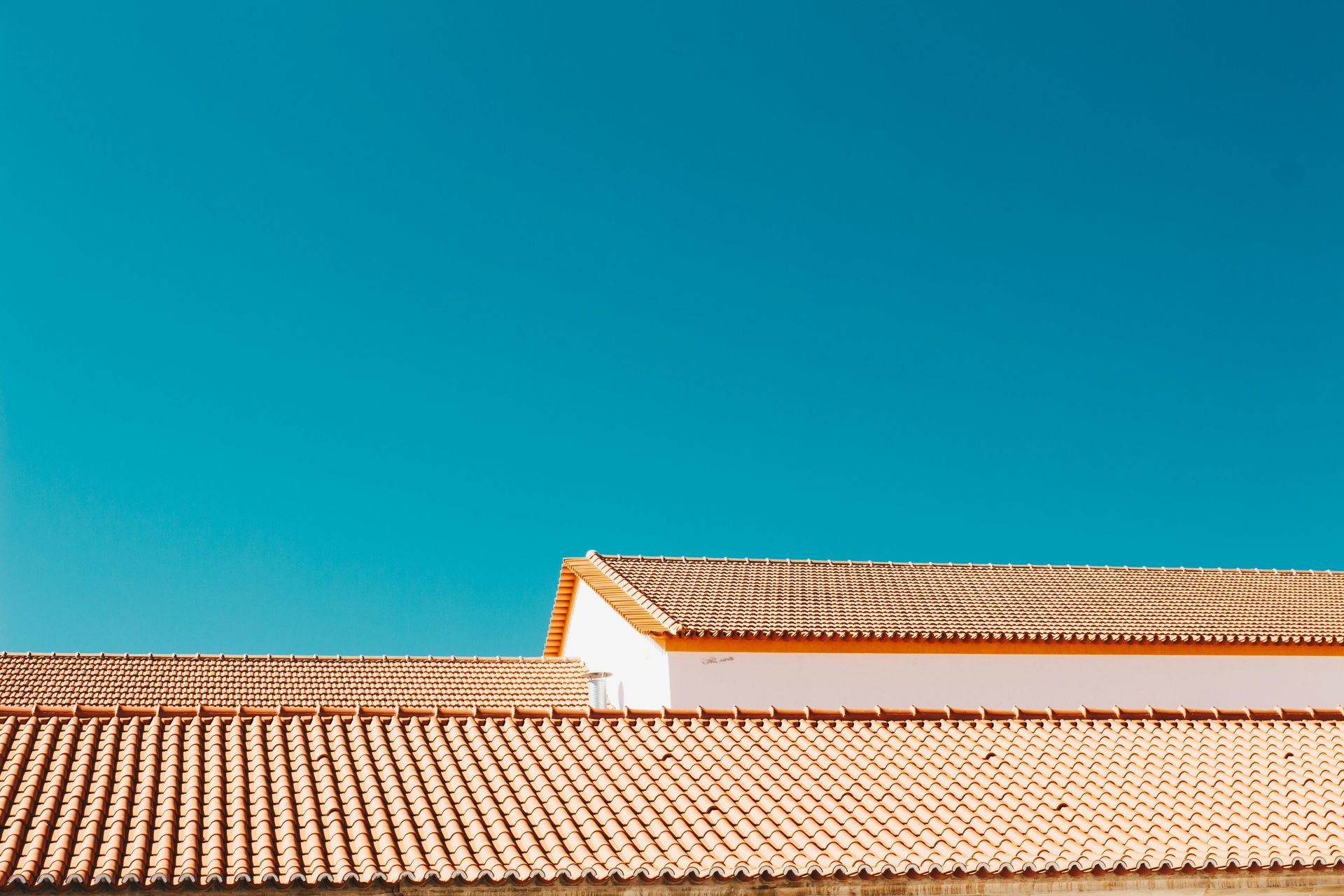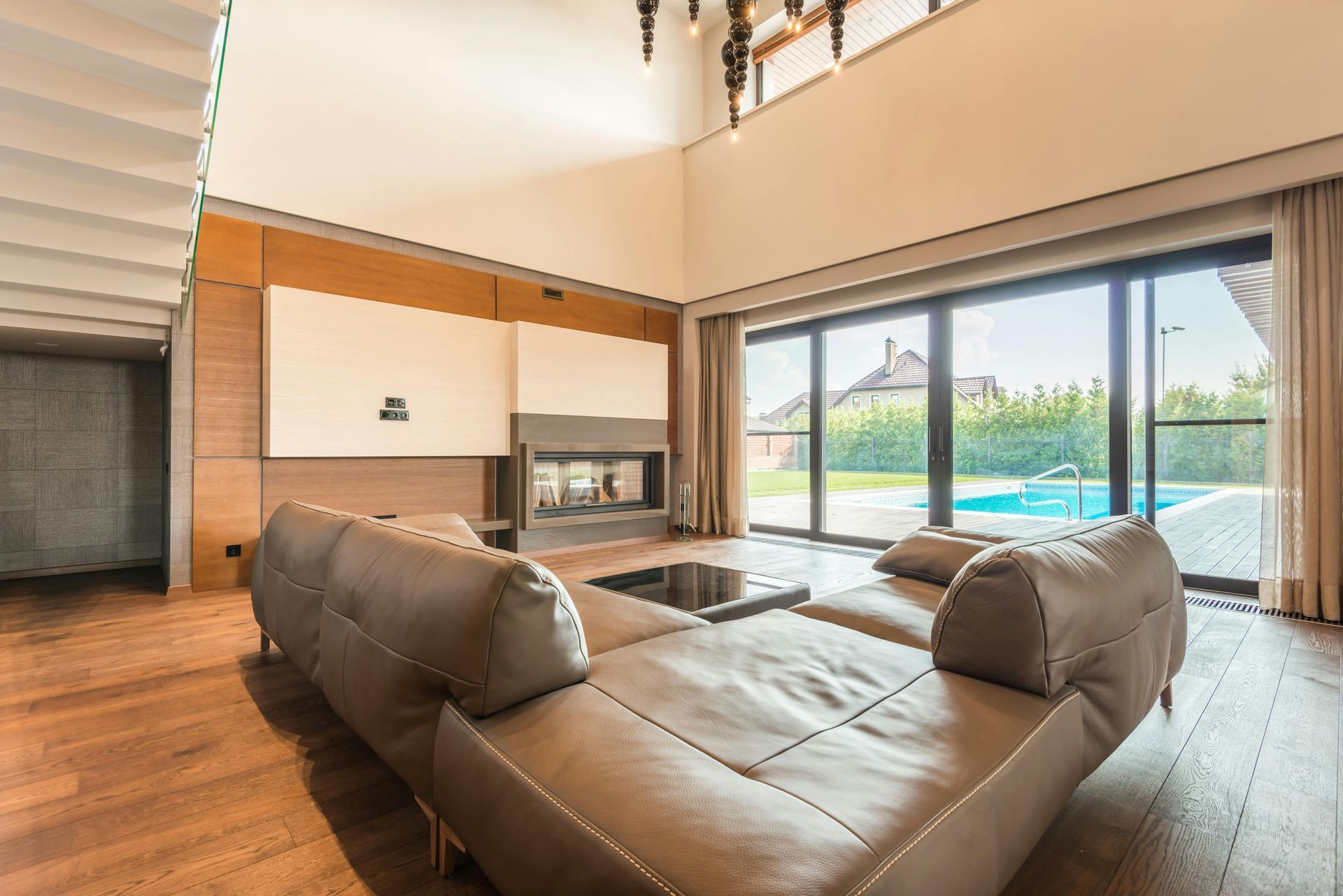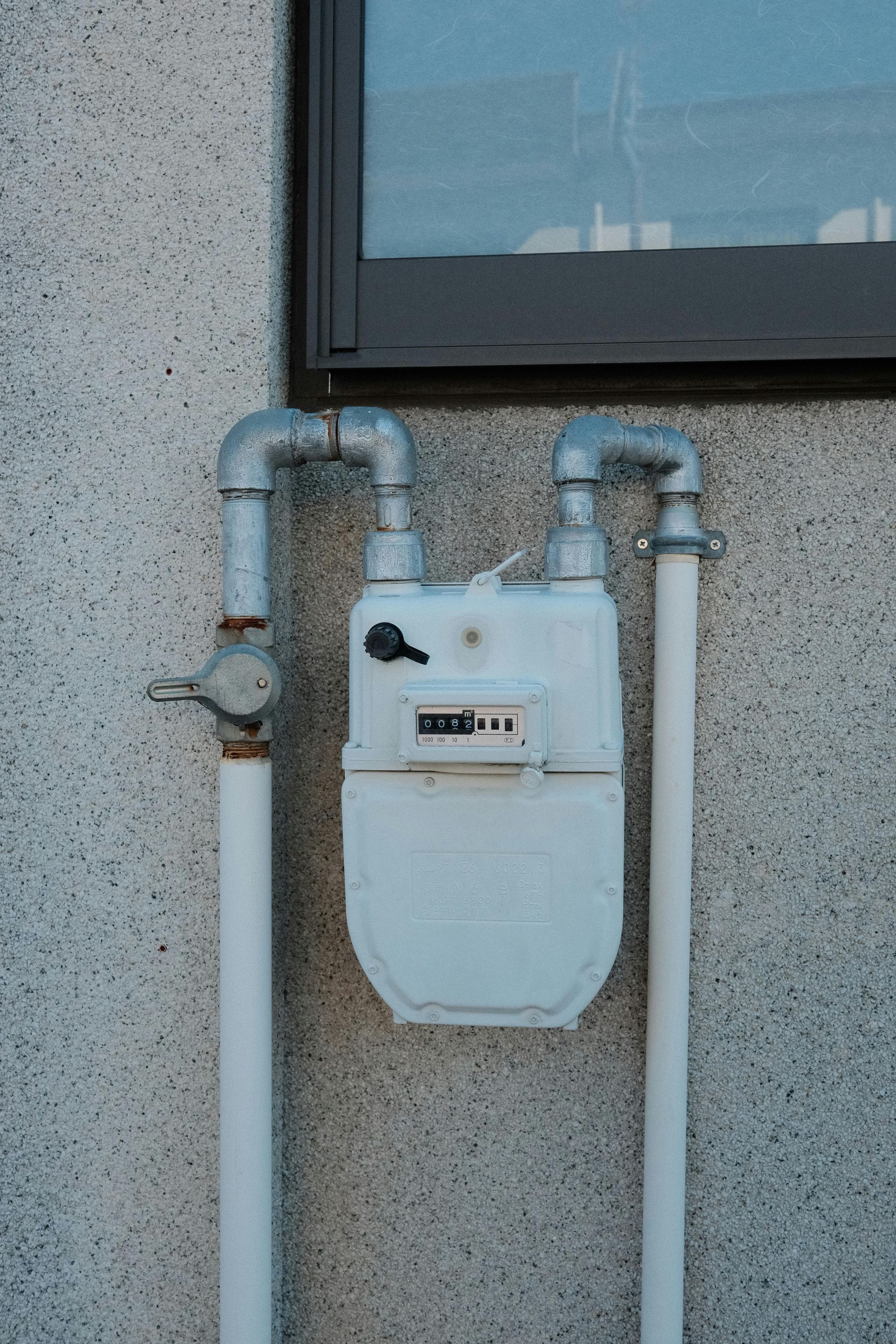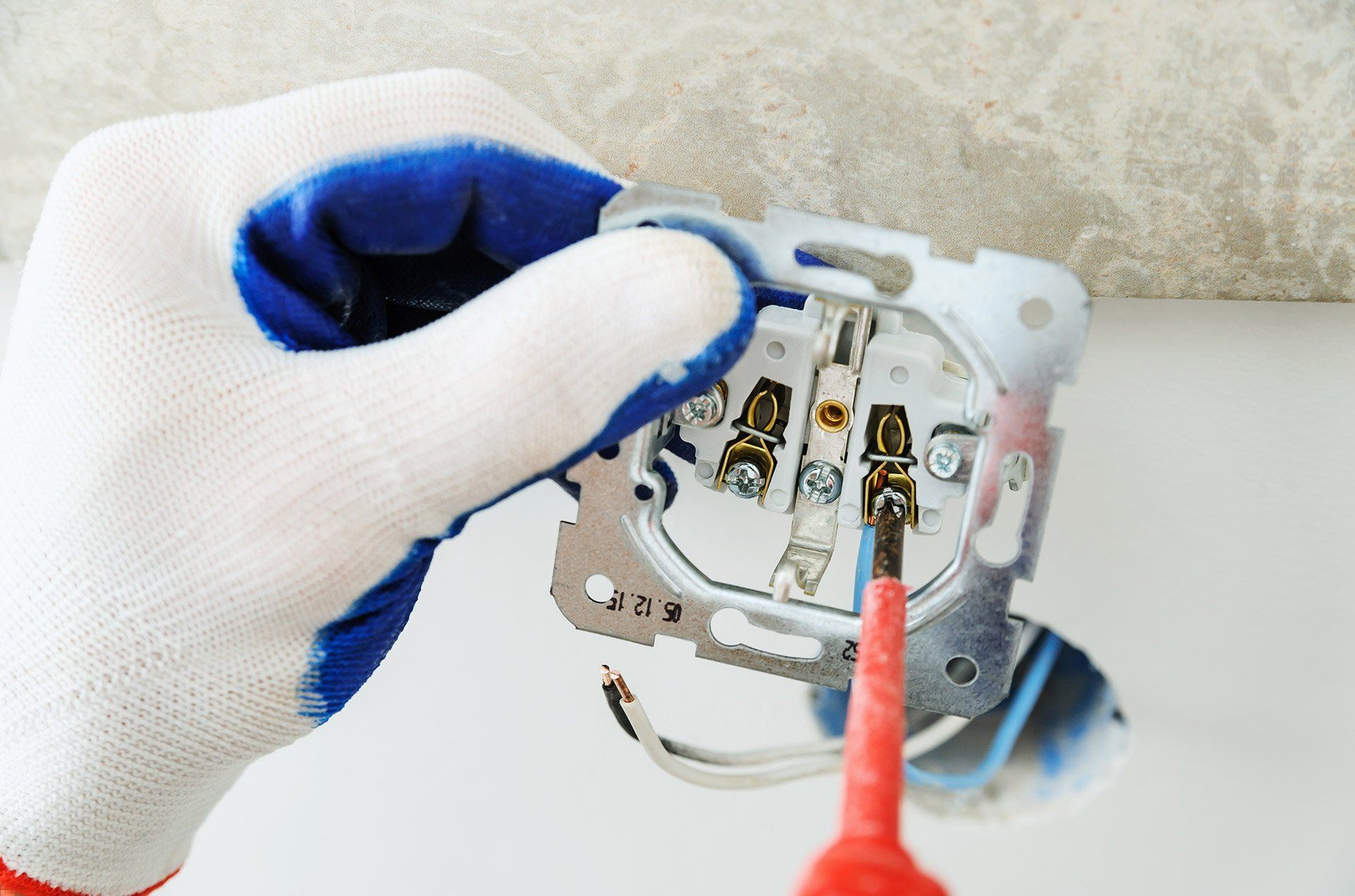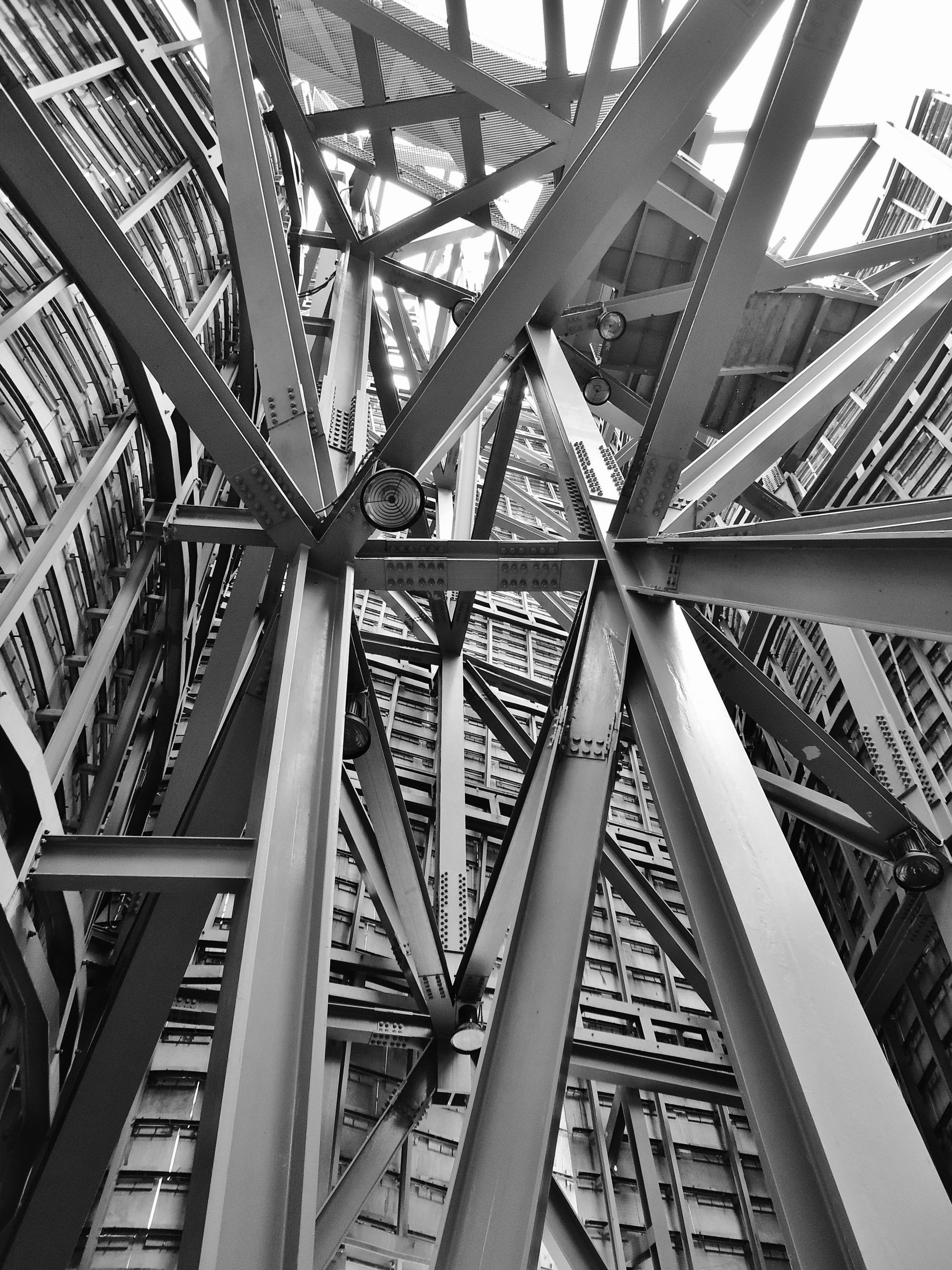Which Windows for an extension?
When working on a new extension or loft conversion it's standard to need new windows for the new space, however, it can be beneficial to use this opportunity to renew the windows in the house and benefit from a better and new window type throughout. Even if you don't need to do that it's wise to carefully assess the options for the newly built extension Here we will take a look at options and our experience of using them and what they are like to live with long term!
Wood Frame Windows
Wooden windows come in a variety of hard and soft wood options, each with unique benefits and costs. These windows can be customised to fit your specific extension and house, either through a set of standard profiles or one-of-a-kind bespoke designs. Whether you're looking for a standard size or something unique, wooden windows can be tailored to suit. Energy efficiency is no concern either as we have fitted many with seal units (double glazing with energy-saving gas between the panes).
Pros:
- Authentic real wood look and feel
- Softwood can be cost-effective, but won’t last as long as hardwood
- Can be stained or painted in a colour of your choice
- Suitable for modern or traditional homes
- Environmentally friendly
- Good thermal insulation
- Hardwood can last longer than other window frame materials, up to 60 years.
Cons:
- High maintenance – will need regular repainting/treatment. If this doesn't happen they will fail!
- Hardwood can be expensive, but benefits from extended longevity compared with softwood
- Softwood will need replacing more regularly than hardwood (due to it being exposed to the UK weather - even being in the vale of York doesn't protect them from the rain!)
UPVC, Vinyl OR Plastic Windows
Plastic windows are often a popular choice due to their affordability and are now available in a range of colours and finishes achieved with either spray paint or foil laminate. Some of the less costly plain white plastic windows can look less attractive and may degrade faster than the more premium coloured foil laminated options.
When looking at uPVC window systems, there is a huge difference between the standard white ‘budget’, characterless uPVC windows and the more premium uPVC systems where there is a considerable choice of colours, finishes and styles – even suited to period properties. As with anything you need to compare the options and costs to find a solution to fit your needs.
Pros:
- Can be the most cost-effective solution – although the plain white versions with little character may not be the most aesthetically pleasing
- Low maintenance
- Wide range of colours available
- Custom sizes
- Cost-effective solution for replacement window market – some have been designed specifically for period properties
- Section depths make installation on replacement windows straightforward
Cons:
- The plain white options can look cheap
- Can degrade and is not easy to repair
- Are less environmentally friendly than alternatives
- White windows can discolour
- Saturated product
- Manufacture size limitations
Aluminium Windows
Aluminium is a very common type of window frame, suitable for modern properties, and often used in commercial applications such as curtain walling. It is becoming more popular with residential projects as a good alternative to the uPVC market. As with uPVC, there are big differences between the budget entry-level aluminium windows and the high-end options, so you need to do your research.
Pros:
- Can be cost-effective if the lower-end entry-level option is chosen
- Low maintenance
- Slimline frame
- Triple glazing options
- You can fit your entire home with the same system (i.e. windows, bi-folds, doors, entrance doors, roof lights etc.)
- The system can typically provide larger panels, with multiple options
Cons:
- Can have a more clinical feeling internally compared to wood
- Typically issued in profile/kits and fabricated in the UK by ‘approved installers’; which negates some of the selling points (i.e. Made in Germany etc.)
- Likely to be the coldest element inside your house, therefore air moisture is still likely to form in this area
Aluminium Clad Windows
Aluminium Clad Windows were the first incarnation of what we now know as ‘Composite Windows’. The majority of Aluminium Clad Windows started life as an all-timber window, with an aluminium profile fitted to the front of the window to improve its longevity. This creates a gap between the aluminium and timber, allowing air and therefore moisture and dirt to penetrate the timber, thus requiring it to be treated with environmentally unfriendly anti-rot chemicals.
Ensure you aren't getting this type when you think you are getting a composite window!
Pros:
- Marginally extended lifespan compared to softwood timber windows
- Some systems offer equal opening and fixed sightlines
Cons:
- The timber section is indirectly exposed – aluminium needs to be removed periodically so the timber section can be refurbished to maximise the life of the window
- Timber needs to be treated with environmentally unfriendly chemicals to extend life
- Some systems require additional add-ons to install cill flashing and/or install in a rendered or an external clad situation.
Composite Windows
True composite windows have a unique bonded construction consisting of an outer part of stylish aluminium, powder-coated in a colour of your choice, and an inner part of wood which can be finished in natural clear lacquer, stained or painted in your chosen colour. These two parts are divided by a high-performance butyl tape, compressed to eradicate air and thus prevent the risk of condensation. This means that no timber is exposed externally, for a longer lifespan and minimum maintenance.
Pros:
- Best of both worlds – aluminium outer combined with warm wood internally
- High performance in harsh weather
- Excellent energy efficiency
- Low-maintenance powder-coated aluminium exterior (no repainting)
- Warm, authentic wood feel interior
- Long-lasting, cost-effective for the future
- Bespoke sizes, styles and colours to suit your project
- Excellent acoustic properties for high noise pollution areas
- Constructed of fully recyclable materials
- Designed as a true composite construction with an equal balance of aluminium and timber
Cons:
- Can be seen as more expensive, but will last longer than cheaper alternatives (up to 40-50 years according to industry professionals) and, with occasional cleaning, will stay looking good for years to come
- Manufacturing and weight limitations compared to other materials.
- Suitability of door products in high-traffic locations.
- Typical frame thickness makes the replacement of windows into existing openings more difficult.
So what are the best windows for an extension?
It's not a simple and straightforward answer. The majority of the time high end uPVC windows will be a great place in the ballance of quality vs cost however if you are doing something a bit more unique we suggest talking with your architect and builder and most importantly seeing examples of what can be achieved.
